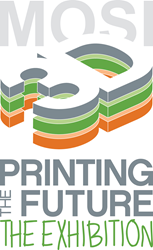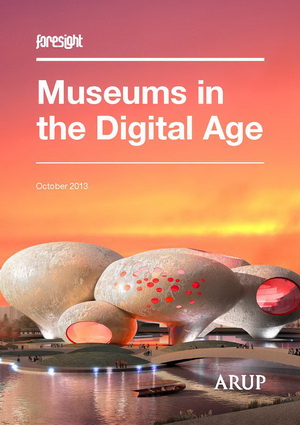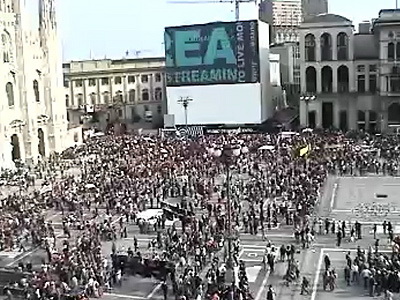 An upcoming exhibition at the Museum of Science & Industry (MOSI) in Tampa, Florida looks like a terrific opportunity to get a better understanding of everything that is happening in the fast-developing field of 3D printing.
An upcoming exhibition at the Museum of Science & Industry (MOSI) in Tampa, Florida looks like a terrific opportunity to get a better understanding of everything that is happening in the fast-developing field of 3D printing.
MOSI is a not-for-profit institution and educational resource dedicated to advancing public interest, knowledge, and understanding of science, technology, engineering, art and math (STEAM). Starting June 14, they will host an exhibition entitled “3D Printing the Futurel” The exhibition will illustrate how 3D printing has the potential to reshape how we live, work, and play.
3D Printing the Future will include 3D-printed objects, live demonstrations, plus an in-depth look at how 3D printing technology works and how it can be used. At the exhibition, you will see 3D printers in action as you walk through immersive exhibits focusing on various applications of 3D printing.
3D Medicine: See 3D-printed medical objects, including 3D-printed body parts and prosthetics, and learn how 3D printing is revolutionizing the world of modern medicine.
3D Science & Technology: See how 3D printing is helping scientists and researchers working in some of the most remote places on Earth. Learn how 3D printing is being used to help solve crimes, build cars and houses, and send replacement tools to astronauts in space.
3D Archaeology See how archaeologists are using 3D scanning and printing to bring ancient artifacts to life in surprising detail and advance our understanding of ancient people, places and animals.
3D Everyday: Discover everything from 3D-printed furniture and toys to 3D-printed fashion and jewelry. This section will illustrate modern conveniences that 3D printing can provide in the future, such as being able to print a replacement part for a dishwasher or an extra place setting for unexpected dinner guests. See how the fashion industry is embracing 3D printing to create clothing, jewelry and accessories that are tailored just for you.
Hands-On 3D Workshop: In this area, you can draw with the world’s first 3D printing pen, and bridge the gap between the real and virtual worlds by building with 3D-printed Minecraft blocks. Families can even take part in an interactive story featuring 3D-printed models. This fun, imaginative story time will offer a glimpse of new ways to tap into the imagination of children through tangible story-themed play that they can design and print out.
3D Live Showcase This live stage show will feature a variety of fun and fascinating demonstrations, including interactive scanning, a 3D Music Jam Show with actual 3D-printed instruments, and step-by-step walk-throughs of the 3D printing process. This show celebrates the fruits of creativity and the “maker movement” using 3D printing.
LINKS







